One of the most appealing qualities of natural wood flooring for architectural and interior design use is its unique character. A living material, no two pieces of wood are the same and each tells a story that can bring dimension and authenticity to a building.
Of course, the story of a piece of wood that becomes a beam, a floorboard or a wall panel begins many years before, with a tiny sapling.
So how does a tree end up being selected and processed into a timeless construction material? And how do we ensure that our desire for beautiful wood today doesn’t negatively impact on the forests of tomorrow? Let’s explore the journey of a WoodCo product, from forest to floor.
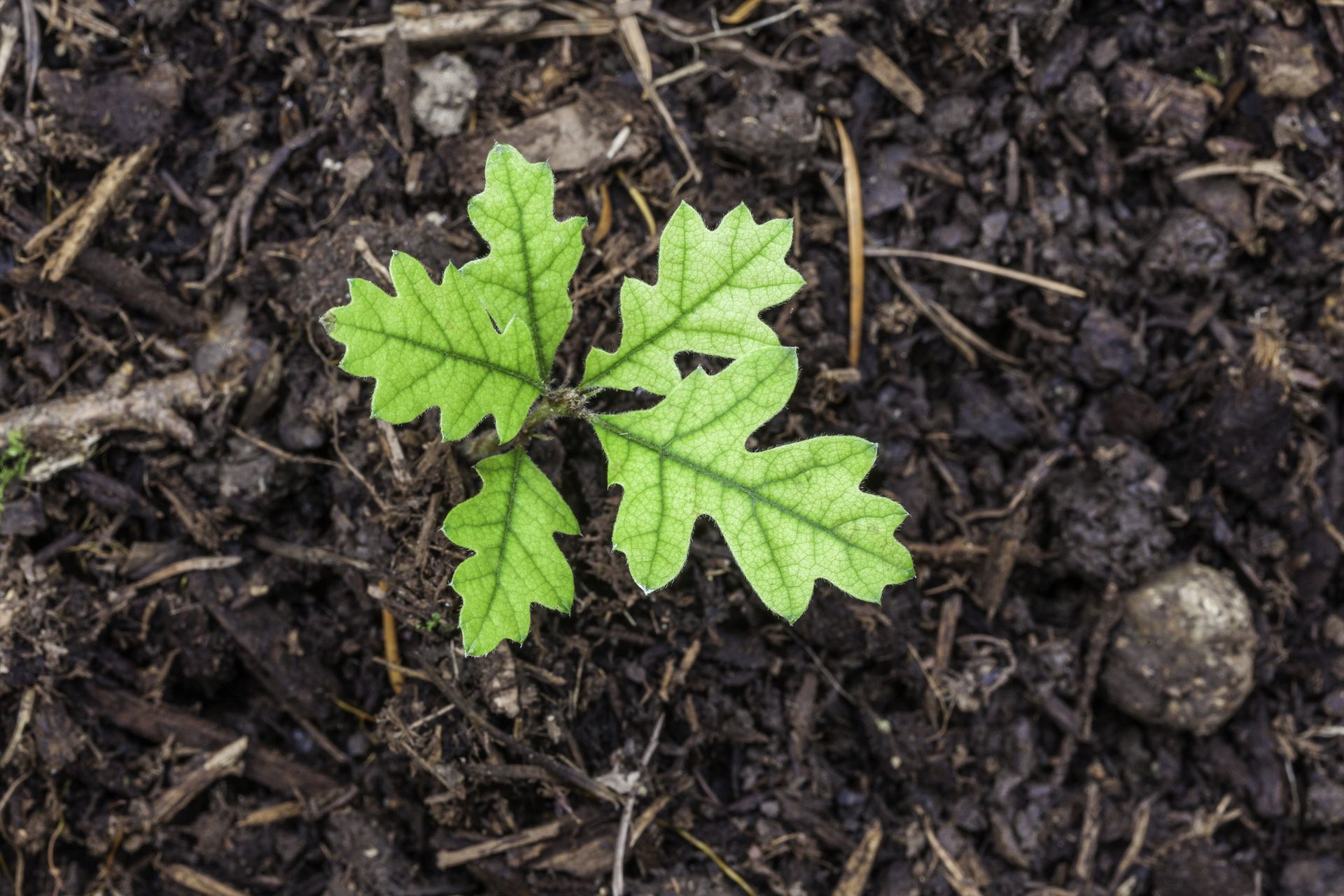
How is wood formed?
Wood grows in concentric layers around the trunk, limbs, roots and branches of a tree – it’s common knowledge that you can tell how old a tree was by counting the concentric rings of its trunk. These rings are produced by the natural growth cycle of the tree, which is faster in spring, slower in summer, and dormant in the fall and winter.
Sap Wood
Inside every mature tree there are different types of wood. The outermost layer of a tree is the bark, which serves to protect the cambium, which is a thin layer of living cells – this is the part of the tree that is always growing. The cambium produces the cells that form new wood in the spring and summer - this is called sapwood. Its purpose is to transport moisture and nutrients up and down the structure of the tree.
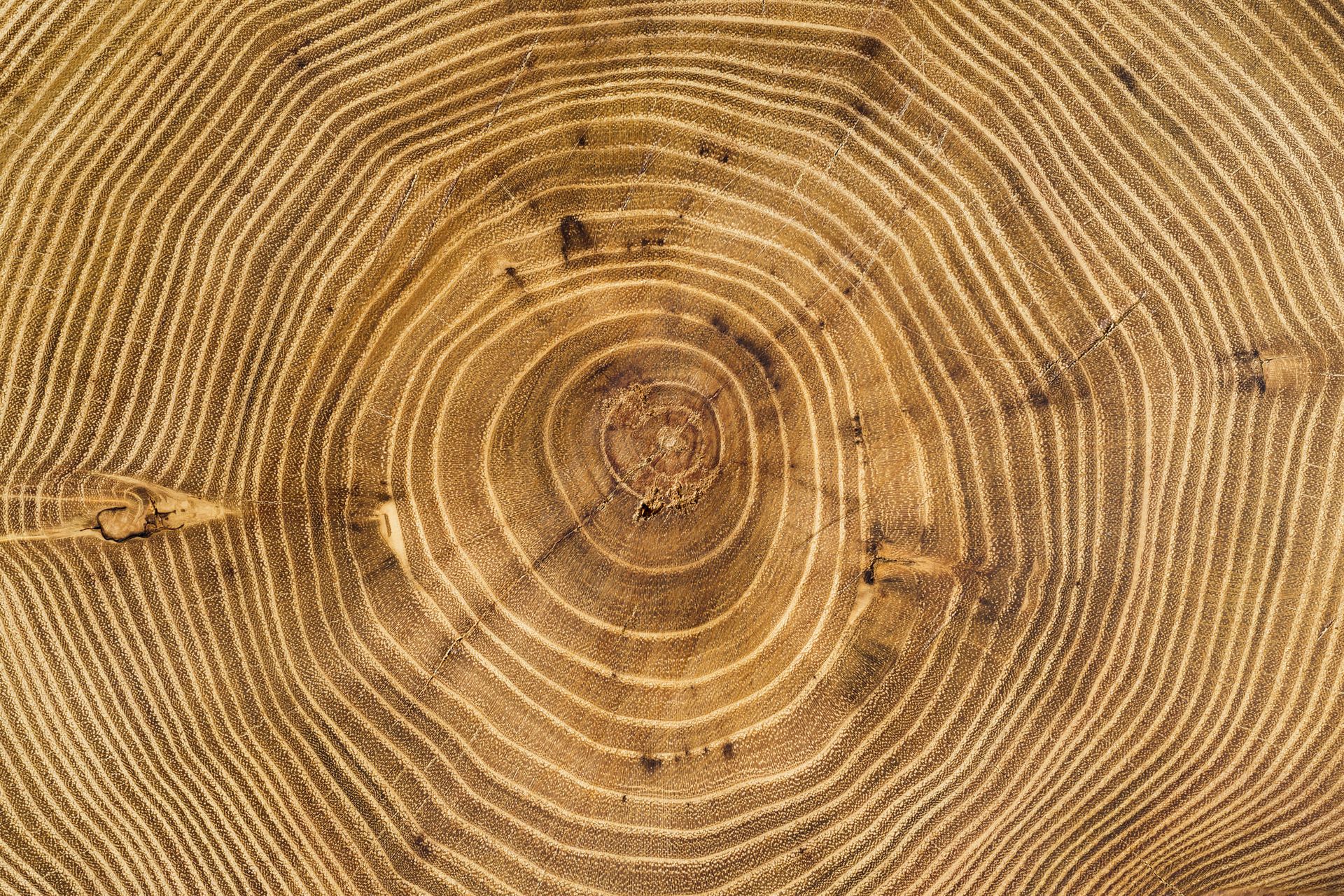
Heartwood
After a few seasons, sapwood begins to turn into heartwood, which is much denser and darker in color. The living cells that carried food and water die off, leaving behind a hard structure that is responsible for making the tree strong and upright as it continues to grow.
The heartwood is where the richest wood grain can be found – the dark rings of slow summer growth contrasting with the paler rings of rapid spring development. For this reason, the most beautiful wood comes from mature trees that have had many years to develop a rich grain pattern.
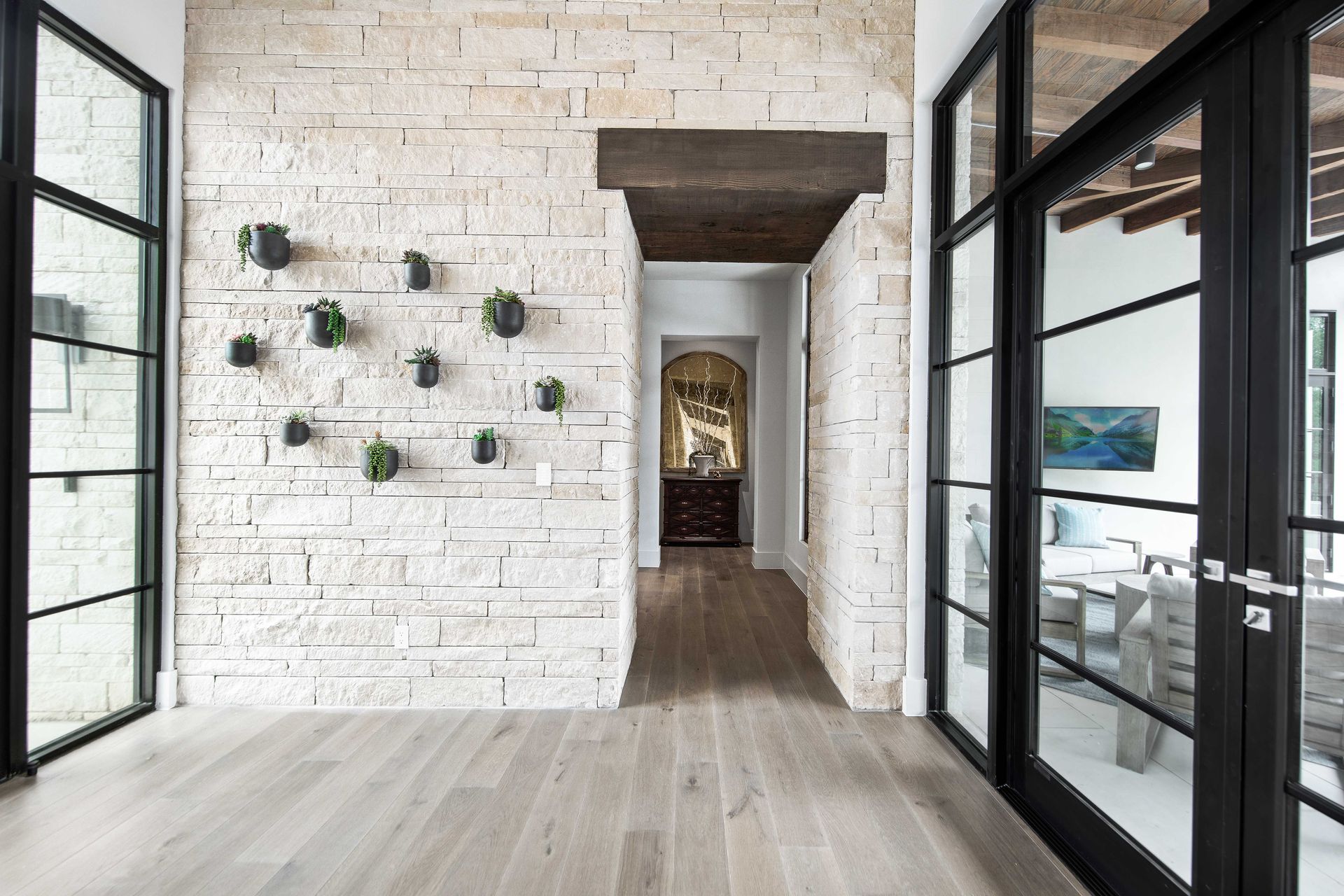
Where is architectural lumber grown?
At WoodCo, we source the lumber for our architectural wood products from forests here in the US, and also from Europe.
In the United States, the majority of softwood lumber is harvested in the north west, while the hardwoods we use here at WoodCo -including American oak, maple, hickory and walnut - primarily come from the Appalachian mountains in the north east.
We also source French and other oak from western Europe. Certain oak species are extensively grown in the far east of Europe and into Russia, but these varieties have a distinctive black grain that is much less elegant than classic French or English-style western oak. It’s also more difficult to ensure that this lumber has come via ethical sources. American oak also differs considerably from French oak, the latter being more slow-growing, which results in harder heartwood with a richer grain. French oak also accepts stains more evenly.
All our lumber is sourced from responsibly-managed forests, irrespective of where they are in the world. Lumber producers must adhere to strict codes of conduct for the growth, harvesting and removal/transportation of trees in order to minimize damage to fragile ecosystems and ensure a healthy supply of quality wood for generations to come.
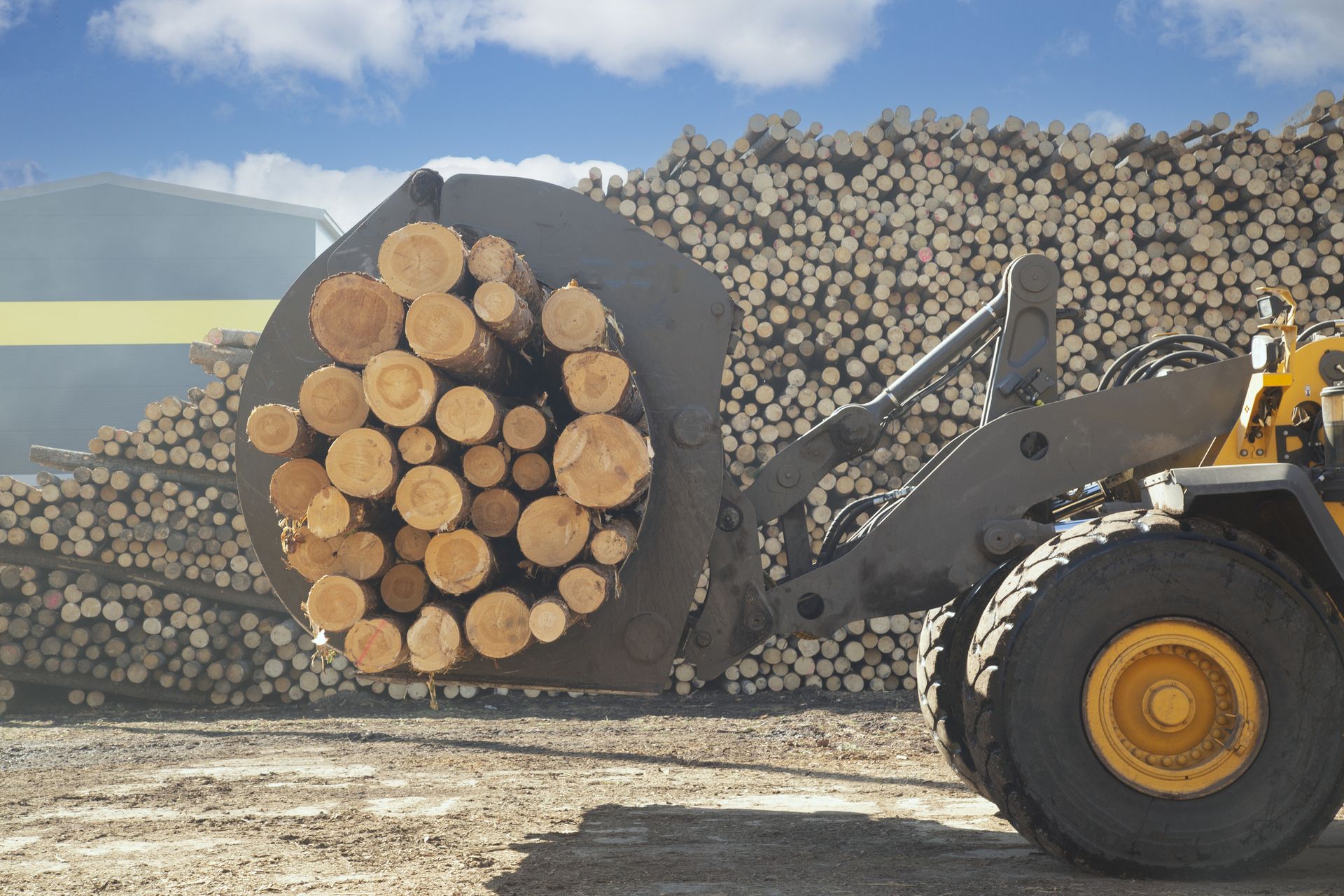
How and when are trees harvested?
It takes around 25-40 years for a softwood tree to reach maturity, but considerably longer for a hardwood tree – sometimes up to 150 years!
Trees are routinely checked by forest managers and are selected individually for harvest when they are ready. If left to their own devices, fully mature trees would eventually die, collapse and rot into the forest floor.
Removing mature trees allows more light to penetrate so that young saplings can grow through. It’s estimated that for every hardwood tree harvested in the United States, 2.1 trees naturally regenerate in its place.
What happens after lumber is harvested?
Once a tree is harvested, it’s loaded onto a truck and taken to a sawmill where it will be cut into boards, ready for onward processing. Different wood species are cut in different ways to get the most value from each trunk and to show off the natural grain pattern.
The boards are then trimmed and inspected so they can be graded in order of quality, and then kiln dried. During this process, the raw boards are stacked with wooden spacers to allow air to circulate between them, then placed in an industrial kiln where they are dried slowly and gently until the required moisture level has been attained (usually 6-8%).
If the wood is dried too quickly, the boards can warp, crack or split in the kiln. If the boards are not dried well enough, they may well warp, crack or split AFTER installation, which is an even bigger problem. Once the boards are dried, they are regraded and then shipped to processing mills like WoodCo.
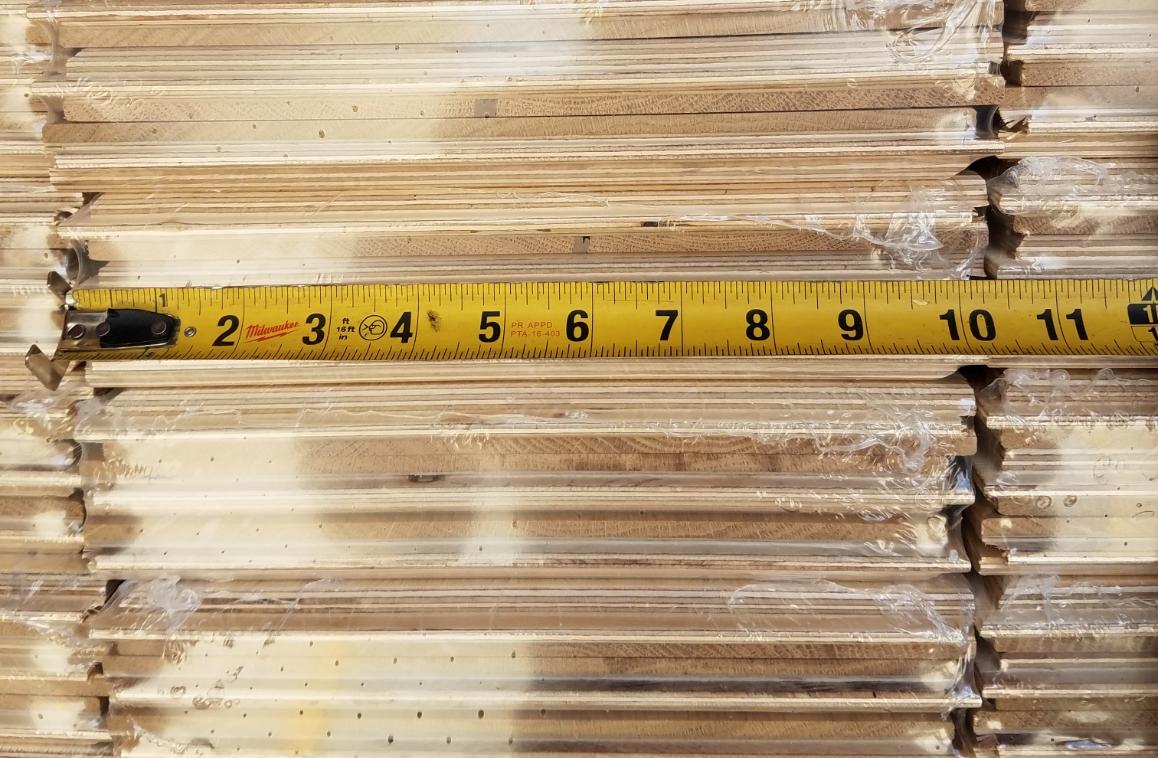
How is raw lumber turned into wood flooring?
WoodCo receives lumber direct from the sawmill in a fairly raw form. In the case of US lumber, this typically arrives by road freight direct from the sawmill, while European lumber arrives in the US by sea freight and is then transported to us on trucks.
The first job we always do is pass all incoming boards through our gang rip saw. This precision cutting machine uses laser technology to calculate the maximum width and length that can be obtained from any one raw board, then cuts accordingly so we are left with uniform, straight boards of varying widths. These boards are then grouped by width and stacked, ready for grading and defect inspection.
What grades of wood flooring are there?
There are two main grades of solid wood flooring – character grade, and select grade. Let’s explore the differences: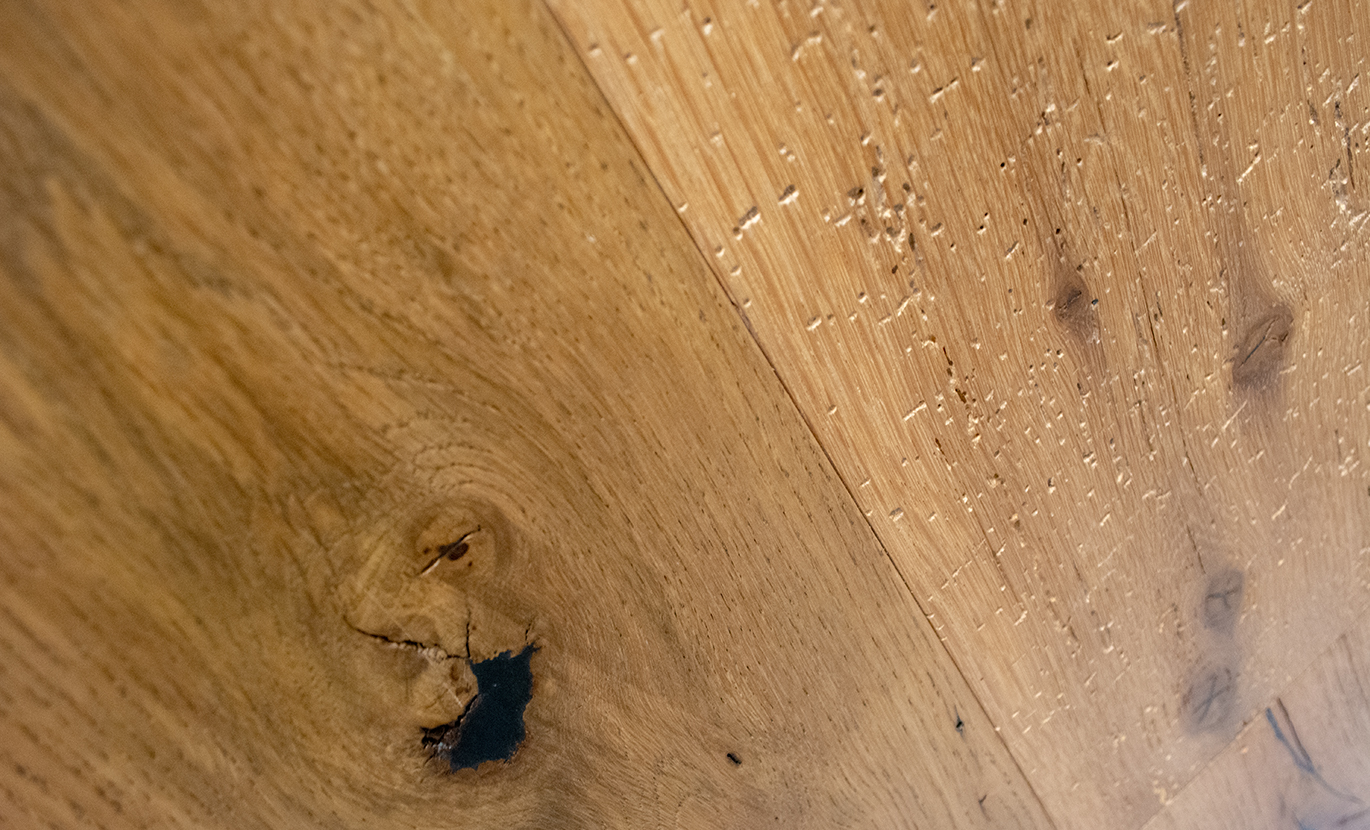
Character grade flooring
Character grade flooring is made from boards that display a high degree of natural character – rich grain pattern, knots and whorls, visible pores etc that add interest to the wood surface without impacting on its structural integrity. These characteristics are much-desired for heritage, restoration and reproduction architecture where the object is to infuse a building with as much character and authenticity as possible. 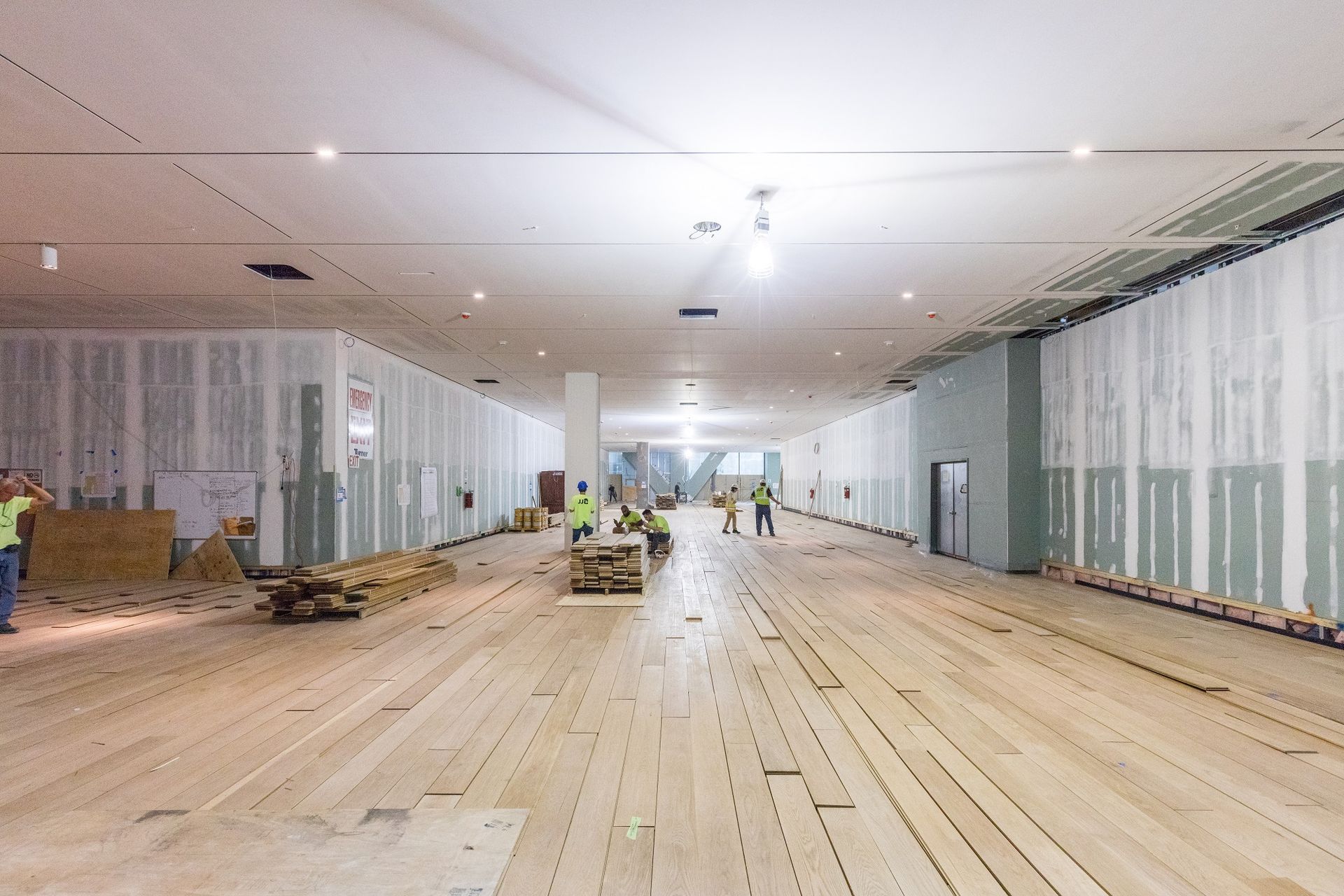
Select grade flooring
Select grade flooring is made from very clean, uniform boards with minimal or no knots and very little color variation in the grain pattern. These floors are desirable in more modern interiors where the aim is to create a very sleek, uniform floor.
It is possible to make select grade floorboards from character grade lumber by removing the character sections – cutting out the knots etc. This is a less expensive option, but results in much shorter board lengths, so when the floor is fitted there are a lot more joins and a less streamlined look.
At WoodCo, we buy select grade timber specifically for select grade flooring in order to minimize defects and provide optimal board lengths.
What is engineered wood flooring?
Engineered wood floors are created by bonding a thin layer of solid wood onto a plywood base in order to achieve the look of solid wood while offering enhanced dimensional stability. These floors are often specified into high-moisture environments because they are much less likely to swell or warp.
For engineered flooring, the solid boards are cut parallel to the grain to create very thin boards called lamellas, usually just 5-6mm thick. These lamellas are bonded to a Baltic birch plywood base, which is the best substrate for engineered flooring due to its advanced stability and water resistance. Once the lamellas are bonded and pressed, they are trimmed to size, ready for milling.
Because of the additional steps required during milling, engineered wood floors are often more expensive than solid wood. However, they can be less expensive to install as they can be laid directly on the slab, whereas a solid floor would need a plywood subfloor on the ground floor.
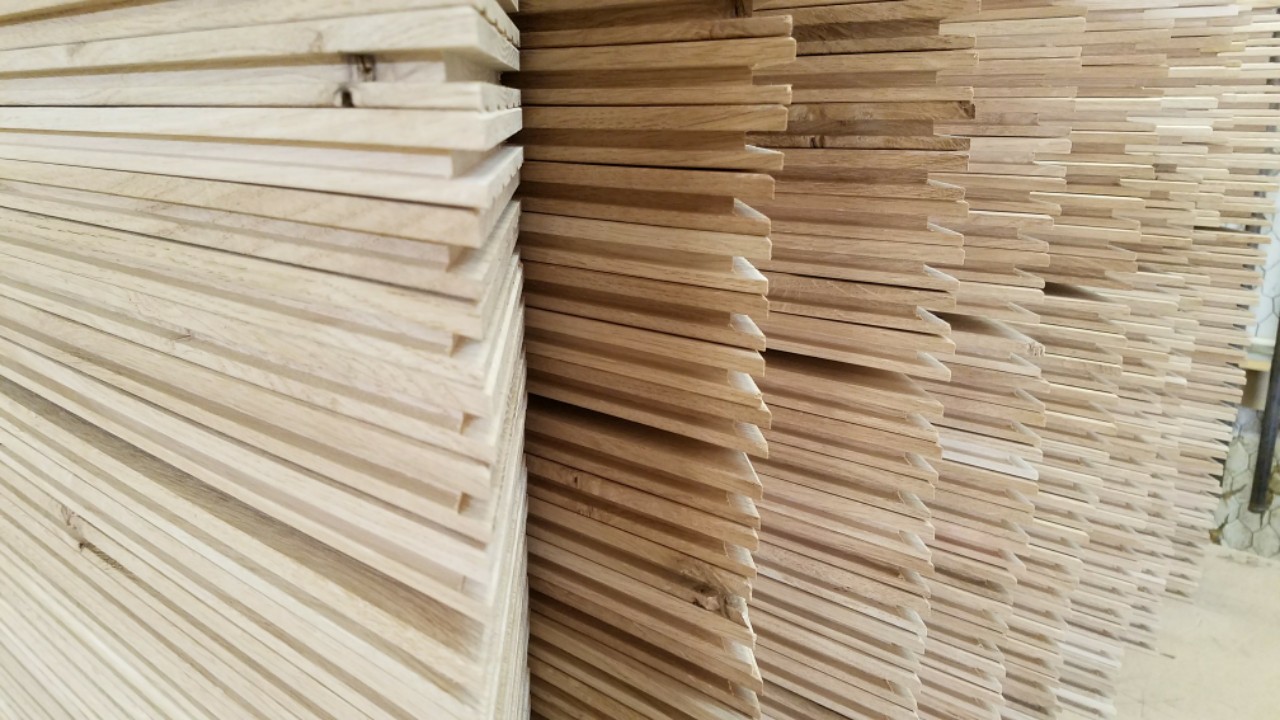
How are wood floors finished?
The final step in transforming raw wood into wood floors is the molding and finishing process.
Our molding machine puts kerf grooves in the back of each board – these run along the length of the board and allow it to flex, which provides stress relief and prevents cupping or crowning of the boards once fitted. Engineered floors do not require kerf grooves thanks to their enhanced stability. The molding machine also puts a tongue on one edge and a groove on the other so the boards can be interlocked.
The boards are then set through the end matcher, which puts a tongue and groove in the ends of the boards so they can be fitted tightly together in both directions.
Unfinished floorboards are complete at this stage. Prefinished floors will go on to be brushed or sanded, and may have coats of oil applied to enhance the color or grain patterns, or a urethane varnish to protect the wood and add non-slip properties to the surface. Prefinished floors also have a micro-bevel added to the edge of the board in order to make the floor completely smooth without the need for additional sanding.
How are wood floors prepared for dispatch?
Once the boards have been finished and are ready to be installed, they are bundled. This is done using precision scanning technology in our bundling machine, which calculates the length of each board and sends the correct assortment of boards through to be bundled together, ensuring each bundle contains the same square footage of flooring.
Because WoodCo puts in the effort earlier in the process to ensure we get maximum uniformity and length from our floorboards, our bundles tend to contain longer, same-size pieces which means they hold together better during transportation and storage. After bundling they’re secured with bands, then stacked on pallets and wrapped for shipping to our dealers or direct to the jobsite.
Want to know more?
If you’re interested in learning more about how we source, manufacture, finish or supply our premium wood flooring and other timber products, simply get in touch. Our team will be happy to answer any questions you may have, and help you select the right products for your upcoming project.